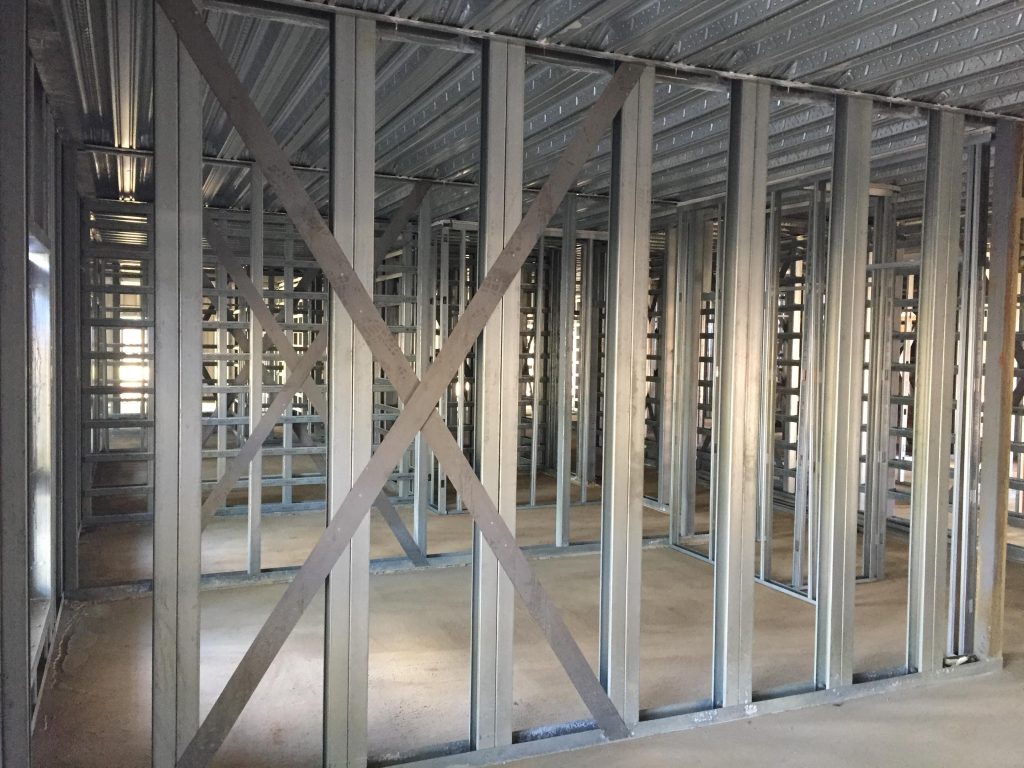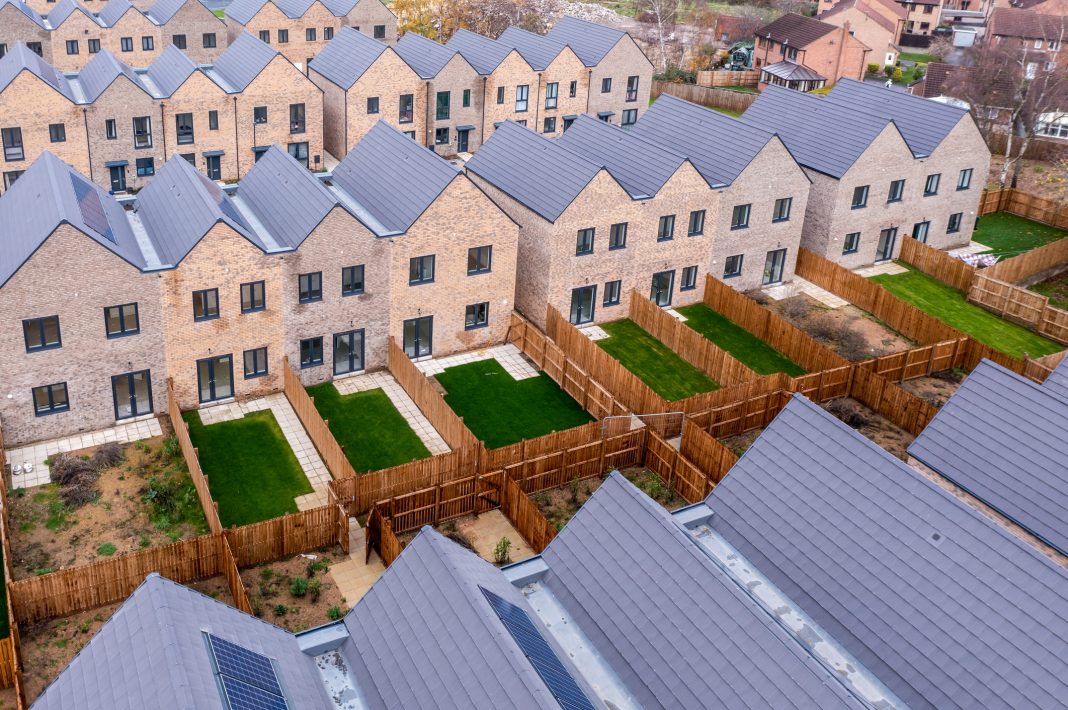In the UK, the affordable housing market remains underserved and offsite manufacturers are focusing on how their solutions can supplement traditional construction to bridge the gap between supply and demand. Andy Higson from Intrastack, part of the global building materials manufacturer Saint-Gobain, discusses how the various methods of construction can help to bridge this gap and why choosing the right solution for your project is vital
At Saint-Gobain, our global purpose and vision revolve around “making the world a better home”. In practical terms, this means delivering sustainable residential solutions on a global scale to meet the needs of a growing population.
The commitment and support for using Modern Methods of Construction (MMC) in the affordable housing market are evident in the initiatives led by Homes England, such as the grants for using offsite solutions. And while progress is being made, there is still a long way to go if we are to offer affordable homes to everyone that needs them.
Choosing the right methods of construction
The speed at which homes can be erected using offsite solutions can significantly reduce the gap between supply and demand. However, as we have seen with the recent fall of high-profile manufacturers, it is crucial to apply the correct offsite construction methods to each project to maintain the credibility of the concept as a whole. The durability of offsite manufacturers should not be a source of fear within the industry, as there are well-established companies with decades of experience in the UK.
Long-standing brands possess a comprehensive understanding of construction from a manufacturing standpoint. They can effectively strike a balance between commercial considerations and sustainable practices, which is key in this industry. Housebuilders must prioritise understanding the organisations they collaborate with, considering their longevity and future stability.
When evaluating offsite construction, it is crucial to consider the total commercial package. If the goal is to accelerate construction speed, improve building performance and ensure programme and cost certainty then offsite methods are indeed the right approach.
However, it is essential to fully comprehend the advantages and disadvantages of different offsite delivery methods and work with contractors who can guide clients through decision-making. This prevents uninformed or incomplete decisions regarding the most suitable approach.
For example, some of the longer-standing volumetric modular providers did some early-stage exploration of the low-rise housing market, but quickly backed away once manufacturing costs were set against unit sale rates. As a result, they have continued to focus on more profitable commercial markets, leaving the newer volumetric entrants to learn the larger, more expensive lessons.
The future of the residential housing market
Looking ahead, a combination of construction methods is envisioned. Traditional construction will still play a role, whether through superstructures like reinforced concrete frames with light gauge steel infill or the continued use of timber for its natural and aesthetic appeal. However, there may be a shift toward elemental masonry solutions, employing large, prefabricated sections instead of traditional breeze blocks.

Light gauge steel frames are expected to gain traction due to their ability to address challenges such as fire risk and production speed while maintaining flexibility and commercial viability. Panelised construction is particularly well-suited for low-rise housing as it enables the pre-manufacturing and storage of houses tailored to various customer requirements and house types. This approach ensures that houses are readily available and can be promptly sent to the site when needed.
Hybrid solutions that combine panelised and volumetric elements will also emerge. Specific parts of a building, such as bathrooms or utility cupboards, can be manufactured offsite and then sent to the site to enhance the premanufactured value.
There is ample market demand for various construction methods, but the commercial model will ultimately determine their viability, especially in the affordable housing sector, where affordability is paramount. If construction costs become too high, someone within the supply chain, whether the volumetric provider, developer or client will bear the burden. It is crucial for stakeholders to explore the full range of options beyond volumetric construction and engage in meaningful discussions with the supply chain to understand what can be accomplished. Collaboration and expertise are key factors in ensuring successful outcomes.
The takeaway message is not to dismiss offsite construction but to embrace it as part of the answer. However, it is essential to work with experienced professionals who understand the intricacies of the industry and can deliver optimal results. Letting the market know that there are diverse options available beyond volumetric construction is the aim, encouraging stakeholders to explore the full potential of panelised and hybrid offsite solutions.
Andy Higson

Business director
Intrastack

















